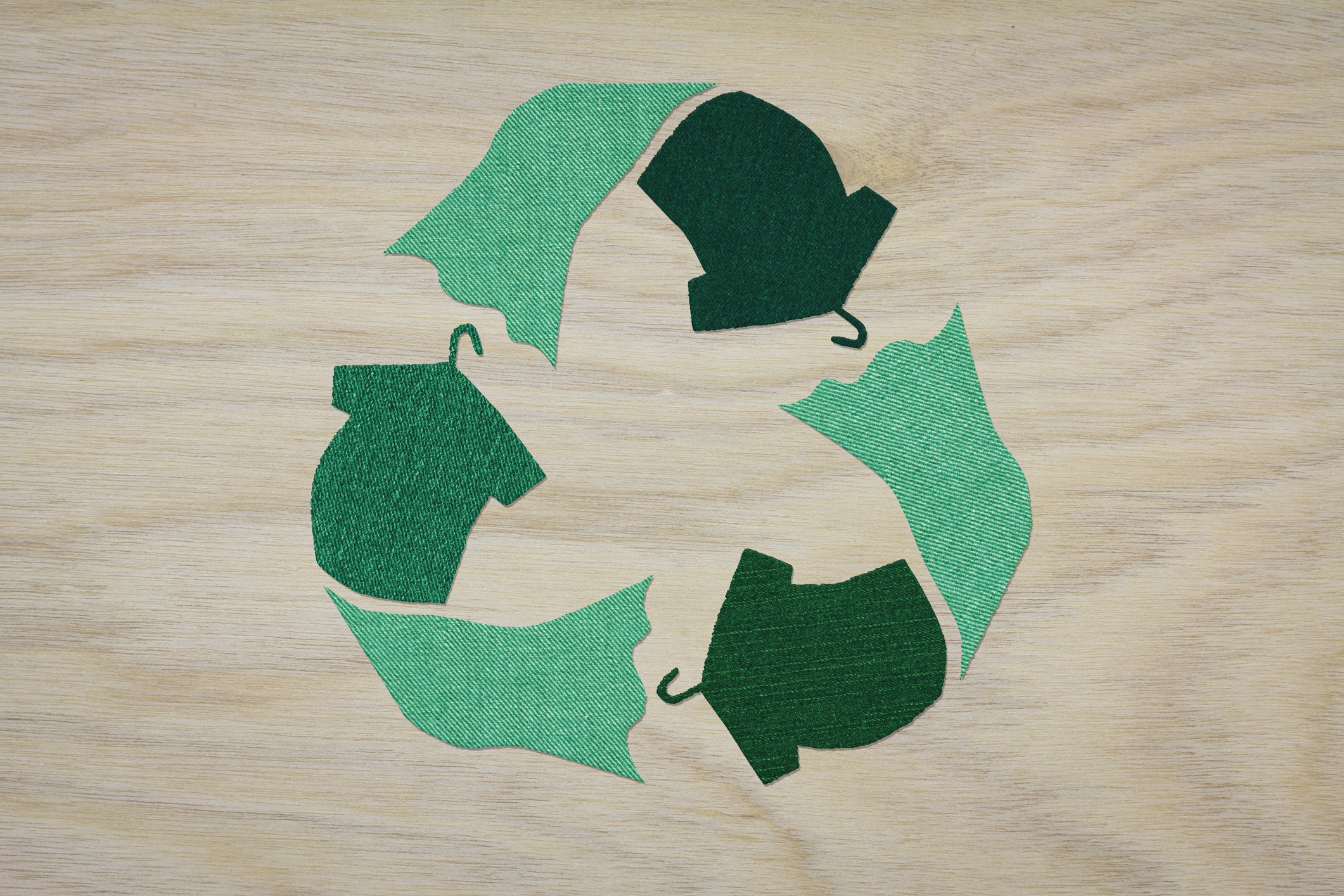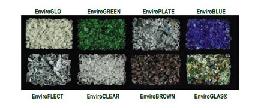
Image source: Dreamstime.com
Fashion is a powerful form of self-expression, but behind the glitter and glamour, the industry hides a darker side: pollution, unethical labor practices, and enormous waste. The rise of fast fashion—cheap, trendy clothing produced at breakneck speed—has fueled a disposable culture where garments are treated as short-term commodities rather than valued possessions.
The good news? You don’t have to give up your sense of style to support a greener, fairer world. Sustainable fashion is about making conscious choices that benefit both people and the planet, all while cultivating a wardrobe you’re proud to wear.
In this guide, we’ll explore how to build a green wardrobe without sacrificing an ounce of your personal style.
Why Sustainable Fashion Matters
The fashion industry is responsible for an estimated 10% of global carbon emissions—more than international flights and maritime shipping combined. It also consumes vast quantities of water and contributes to microplastic pollution through synthetic fabrics like polyester.
Beyond environmental impacts, fast fashion is often linked to unsafe working conditions, low wages, and exploitation of workers in developing countries.
Choosing sustainable fashion helps:
- Reduce pollution and greenhouse gas emissions.
- Conserve water and natural resources.
- Promote fair labor practices and humane working conditions.
- Support innovative, ethical brands.
When you embrace sustainable fashion, you become part of a global movement toward a healthier planet and a more equitable society.
The Foundations of a Green Wardrobe
Building a sustainable wardrobe is a journey, not a sprint. Here are the key principles to keep in mind:
1. Buy Less, Choose Well
The most sustainable garment is the one you already own—or one you’ll wear for years. Before making a purchase, ask yourself:
- Do I really need this?
- Will I wear it often?
- Is it versatile?
- Is it made to last?
Prioritize quality over quantity. Well-made clothing may cost more upfront, but it saves money (and resources) over time because it doesn’t fall apart after a few washes.
2. Know Your Materials
The type of fabric matters when it comes to environmental impact.
Greener fabric choices include:
- Organic cotton: Grown without harmful pesticides.
- Linen: Made from flax, requires less water and fewer chemicals.
- Hemp: A hardy plant that needs minimal water and no pesticides.
- Tencel (lyocell): A biodegradable fabric made from sustainably harvested wood pulp.
- Recycled fabrics: Polyester and nylon made from recycled plastics.
Avoid fabrics that are petroleum-based (like virgin polyester) or resource-intensive (like conventional cotton).
Sustainable Shopping Strategies
Ready to refresh your wardrobe the eco-friendly way? Here are smart strategies to keep your style sustainable:
1. Embrace Secondhand and Vintage
Shopping secondhand is one of the greenest choices you can make. It keeps clothing out of landfills and reduces demand for new production.
Options to explore:
- Thrift stores
- Consignment shops
- Vintage boutiques
- Online resale platforms like Poshmark, ThredUp, and Depop
Vintage pieces often come with unique designs and superior craftsmanship—a stylish win-win!
2. Support Ethical and Eco-Friendly Brands
Many modern brands are committed to transparency, sustainability, and fair labor practices.
Look for:
- Certified B Corporations
- Fair Trade Certified brands
- Labels that disclose their supply chain and environmental initiatives
Some well-known sustainable fashion brands include Reformation, Patagonia, People Tree, and Eileen Fisher.
Researching brands before you buy can help ensure your money supports positive change.
3. Rent Instead of Buy
For special occasions like weddings, parties, or events, consider renting instead of buying new. Services like Rent the Runway and Nuuly offer access to designer outfits without the waste of single-use purchases.
Renting extends the life of garments and reduces the need for excess manufacturing.
Caring for Your Clothes the Green Way
How you care for your wardrobe can dramatically impact its longevity—and the environment.
Eco-friendly care tips:
- Wash less frequently: Washing garments after every wear isn’t always necessary and wears them out faster.
- Use cold water: It saves energy and is gentler on fabrics.
- Air dry when possible: Tumble dryers consume a lot of energy and can damage fibers.
- Repair, don’t replace: Learn basic sewing skills or visit a tailor to fix small issues like loose buttons or minor tears.
- Store properly: Hanging or folding garments correctly helps maintain their shape and condition.
Extending the life of your clothing is one of the most sustainable actions you can take.
Capsule Wardrobes: Minimalism Meets Sustainability
A capsule wardrobe is a small collection of versatile, high-quality pieces that you can mix and match for countless outfits.
By focusing on fewer items that you truly love and wear often, you naturally consume less, save money, and reduce fashion waste.
Building a capsule wardrobe:
- Choose neutral colors that work well together.
- Invest in classic staples: think tailored jeans, a black blazer, a white button-up shirt, a little black dress.
- Add a few statement pieces that reflect your personal style.
- Update seasonally with thoughtful, sustainable purchases.
Capsule wardrobes aren’t about restricting your creativity—they’re about freeing yourself from decision fatigue and focusing on quality over quantity.
Greenwashing: How to Spot It
Unfortunately, not all brands advertising themselves as “sustainable” truly are. Greenwashing refers to misleading marketing tactics that make products seem more environmentally friendly than they actually are.
Signs of greenwashing:
- Vague buzzwords like “eco-friendly” or “green” without specific proof.
- Lack of certifications or transparency about sourcing.
- Overemphasis on one sustainable aspect while ignoring major impacts elsewhere.
Always look for third-party certifications and detailed disclosures about materials, production methods, and labor practices.
Final Thoughts
Sustainable fashion is more than just a trend—it’s a movement that challenges us to rethink the way we consume, express ourselves, and care for our planet.
Building a green wardrobe doesn’t mean sacrificing style, creativity, or individuality. In fact, it often leads to a more thoughtful, expressive, and authentic sense of fashion—one where every item tells a story, serves a purpose, and supports a greater good.
By making intentional choices—buying less, choosing better, caring well, and supporting ethical brands—you can dress beautifully and responsibly, inspiring others to do the same.
After all, true style isn’t just about what you wear—it’s about the values you embody when you wear it.



